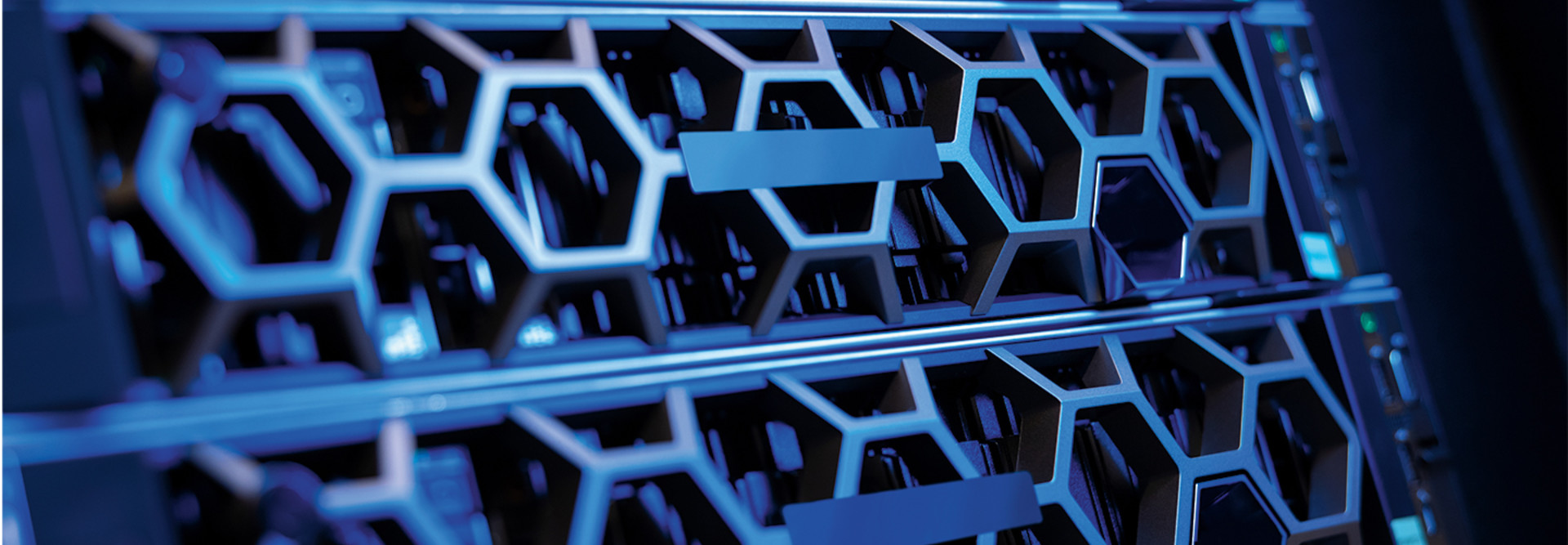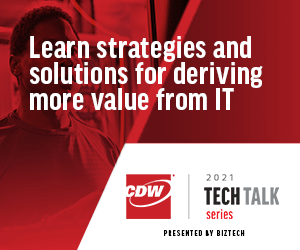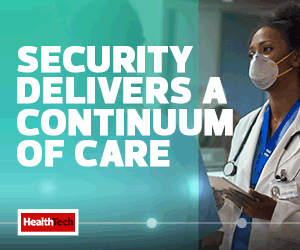BIZTECH: What are some of the unique challenges your organization faced that brought you to CDW?
GAEDE: In healthcare, we typically have about a 3 percent margin, so budgets are tight, and having enough human resources to tackle challenges is itself a challenge. Sky Lakes Medical Center, first of all, is a stand-alone, not-for-profit community hospital. We’re here for our community. We have about 1,500 employees and about 300 volunteers, and we serve an area with a 10,000-square-mile radius, which represents about 100,000 people. We do about 400,000 ambulatory or outpatient visits a year and about 28,000 emergency department visits, and our gross patient revenue is about $550 million.
But the truth is, that $550 million? When you put it up against the expenses, you end up with a 3 percent margin in a good year.
If you want healthcare in Klamath Falls, Ore., where we’re located, Sky Lakes Medical Center provides it locally, but at times we have services that go outside of our community. Sometimes in winter, with the snow and the weather conditions, that can be a challenge. So today, we want to talk a little bit about some of those challenges we face in that rural environment.
BIZTECH: How were you able to work with your CDW representatives to find a good solution for your organization?
GAEDE: Our core challenge was around budgets. Like many healthcare organizations, we’re always getting new projects, new technologies and new challenges, especially with COVID-19 and some of the challenges that brought. Then we had a ransomware attack right in the midst of that. However, we were very fortunate, and we actually felt prepared because of some of the investments we made in partnership with CDW.
Our infrastructure was aging about three or four years ago, so we went out to the market and got some quotes for replacing our storage. But we needed to upgrade compute, networking and storage, all three. We were introduced to some new technologies, such as hyperconverged infrastructure. HCI really was new to the healthcare market. Nutanix has been doing a lot of work to lead that market in healthcare.
We went out and looked at multiple vendors and products, and ended up partnering with CDW in that journey to look at systems. But there’s more to that story. When we got our quote back on storage, we compared that with some of the preliminary quotes we got for replacing our entire platform, replacing our core infrastructure for network computing storage, with hyperconverged infrastructure.
Click the banner below for more security and incident response planning content from HealthTech.













